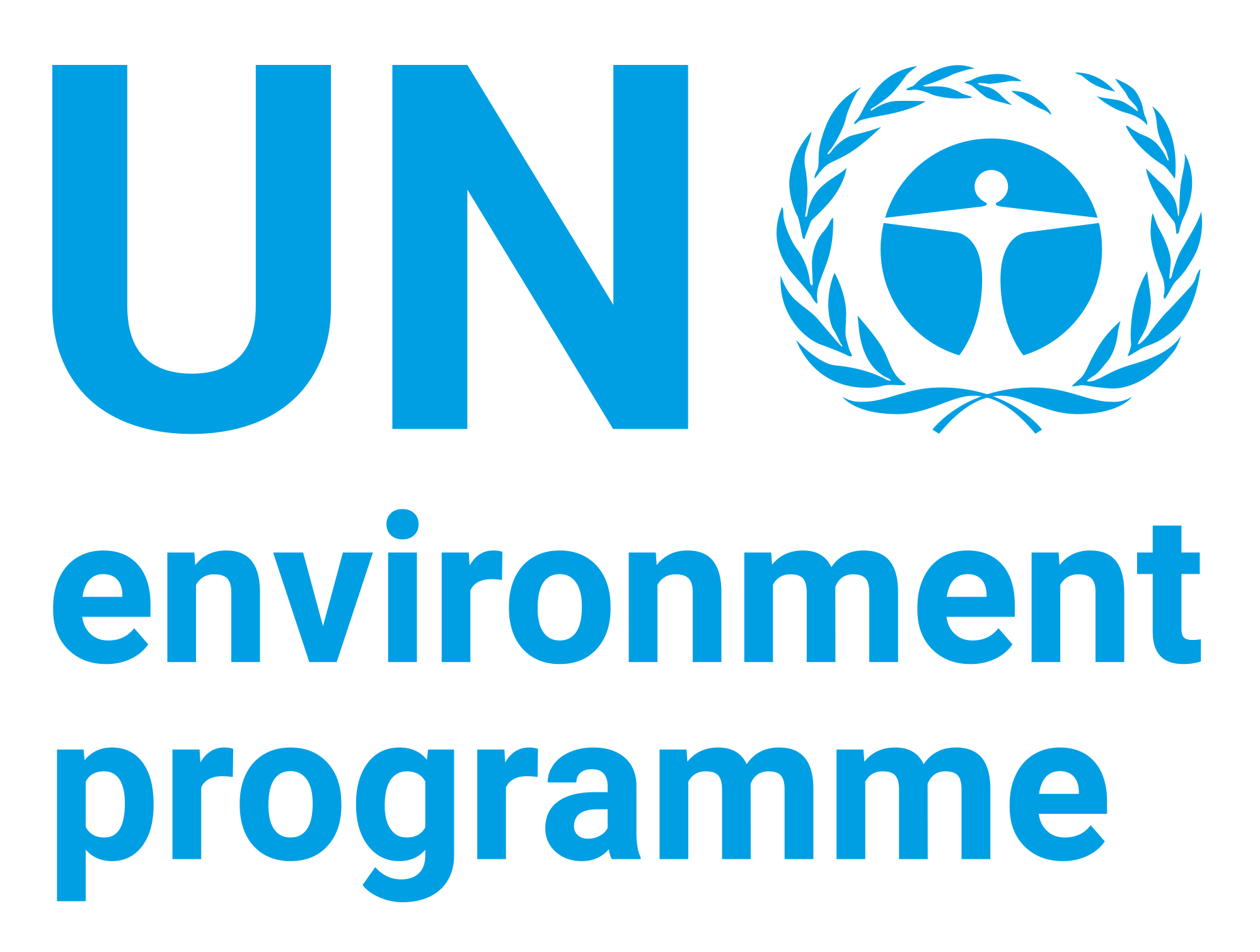| dc.contributor | Communications Division | en_US |
| dc.contributor.author | United Nations Environment Programme | en_US |
| dc.contributor.author | United Nations Sustainable Development Group | en_US |
| dc.contributor.other | Greening the Blue | en_US |
| dc.date.accessioned | 2021-12-03T16:53:29Z | |
| dc.date.available | 2021-12-03T16:53:29Z | |
| dc.date.issued | 2021-09 | |
| dc.identifier.uri | https://wedocs.unep.org/20.500.11822/37616 | |
| dc.description | IDEAs guidance aims to define an efficient and resilient office building or space in the UN context. It targets the earliest possible stages of office establishment from setting UN requirements as part of preliminary brief development and early cost-benefit analysis to development of detailed design briefs in the case of new construction, renovation and/or fit-out. Furthermore, it enables those involved in the selection of UN offices to communicate their environmental sustainability expectations to relevant stakeholders, such as
host governments, landlords, design consultants and/or contractors, at the earliest opportunity. This is achieved by:
• Defining performance benchmarks, from minimum to desirable, across relevant environmental sustainability topics as defined within the 2020-2030 Sustainability Strategy. • Promoting and facilitating comparative analysis of environmental performance between existing and a selection of potential new office premises. • Promoting the inclusion of environmental considerations into the objectives associated with establishment and selection of UN offices. • Providing a framework for reporting and tracking of facilities-related environmental performance. • Promoting coherence and contribution to the 2030 Sustainability Agenda and the 2020 – 2030 Sustainability Strategy. • Facilitating gap analysis of expected versus actual performance. • Promoting a whole-life approach to cost-benefit analysis (e.g. by taking into consideration operational cost savings associated with capital investment in ‘green’ technologies).
• Integrating IDEAs into current processes for consolidation and establishment of common premises. | en_US |
| dc.format | Text | en_US |
| dc.language | English | en_US |
| dc.rights | Public | en_US |
| dc.subject | environmental performance | en_US |
| dc.subject | sustainable consumption | en_US |
| dc.subject | energy efficiency | en_US |
| dc.subject | energy consumption | en_US |
| dc.subject | carbon | en_US |
| dc.subject | waste | en_US |
| dc.subject | waste management | en_US |
| dc.subject | solid waste management | en_US |
| dc.subject | health | en_US |
| dc.subject | air pollution | en_US |
| dc.subject | water management | en_US |
| dc.subject | air quality | en_US |
| dc.subject | water consumption | en_US |
| dc.subject | wastewater | en_US |
| dc.subject | biodiversity | en_US |
| dc.subject | nature conservation | en_US |
| dc.subject | public procurement | en_US |
| dc.subject | lease | en_US |
| dc.title | Important and Desirable Environmental Actions (IDEAs) for Selection and Establishment of Resilient and Efficient UN Offices: Benchmarks for Evaluation and Comparative Analysis | en_US |
| dc.type | Manuals, Guides and Toolkits | en_US |
| wd.identifier.sdg | SDG 3 - Good Health and Well-Being | en_US |
| wd.identifier.sdg | SDG 6 - Clean Water and Sanitation | en_US |
| wd.identifier.sdg | SDG 7 - Affordable and Clean Energy | en_US |
| wd.identifier.sdg | SDG 12 - Responsible Consumption and Production | en_US |
| wd.identifier.sdg | SDG 14 - Life below Water | en_US |
| wd.identifier.sdg | SDG 15 - Life on Land | en_US |
| wd.topics | Chemicals and Pollution Action | en_US |
| wd.topics | Environmental Governance | en_US |
| wd.topics | Finance and Economic Transformations | en_US |
| wd.topics | Nature Action | en_US |
| wd.topics | Resource Efficiency | en_US |
| wd.identifier.pagesnumber | 78 pages | en_US |


